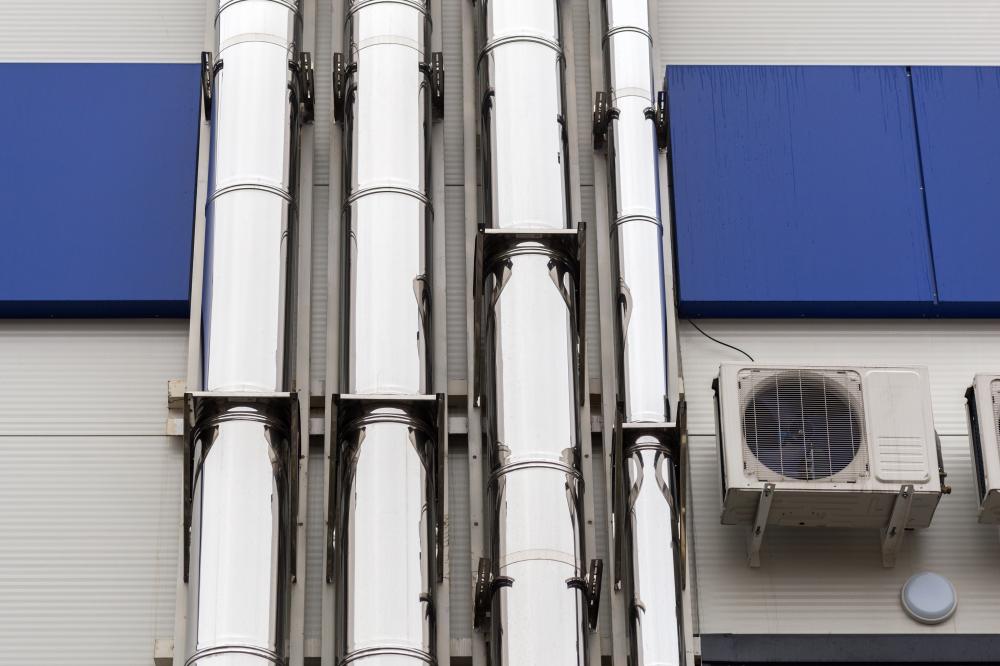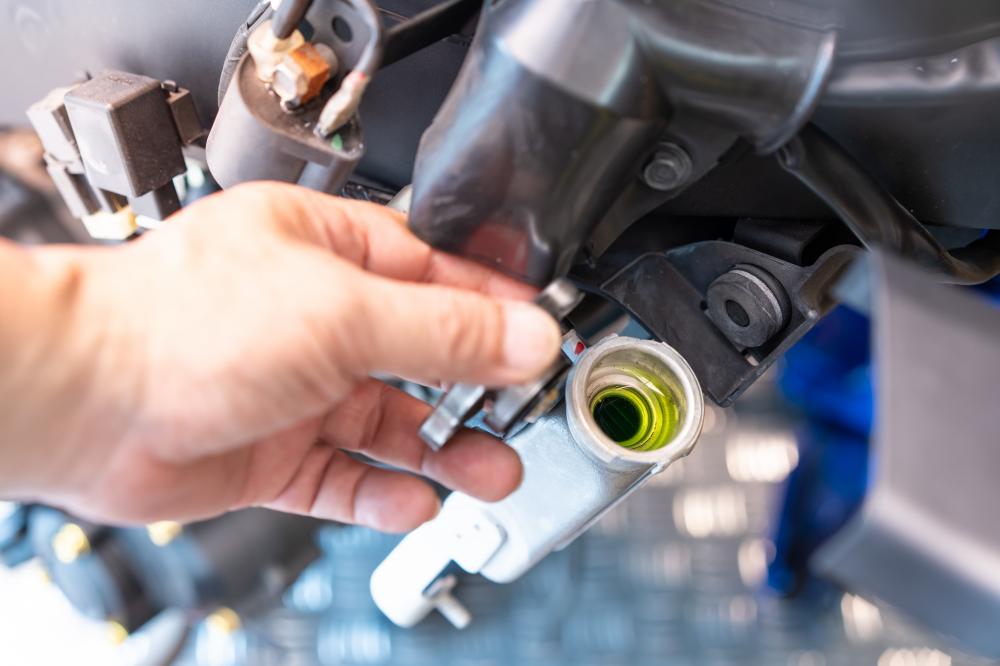Industrial Ventilation

Introduction to Industrial Ventilation
At Eldridge Industrial Ventilation & Noise Control Systems, we’ve been spearheading the development of environments conducive to optimal work, product quality, and process efficiency for nearly eight decades. Industrial ventilation is at the heart of what we do, ensuring the health, safety, and productivity of workspaces while protecting the integrity of the processes and products within them.
Understanding the Essentials
What is Industrial Ventilation?
Industrial ventilation encompasses systems designed to provide fresh air, removing or diluting pollutants in the workplace. These systems are pivotal in maintaining a safe and comfortable environment, especially in industrial settings where harmful contaminants are produced.
Why It Matters
The significance of industrial ventilation cannot be understated. Without it, workers are at risk of exposure to harmful contaminants that can lead to serious health issues. Effective ventilation systems also play a crucial role in managing and mitigating workplace hazards, including potential fires or explosions, thereby enhancing overall safety.
Types of Industrial Ventilation
Diving deeper into the subject, it’s crucial to understand the two primary types of industrial ventilation systems: dilution ventilation and local exhaust ventilation. Each serves a unique role in combating workplace contaminants.
Dilution Ventilation
This form of ventilation reduces the concentration of air contaminants by mixing polluted air with clean, uncontaminated air. It’s particularly suitable for managing low-toxicity pollutants across larger areas but has its limitations when dealing with highly toxic substances or concentrated emissions.
Local Exhaust Ventilation
On the other hand, local exhaust systems target contaminants at or near their source, preventing them from spreading into the workplace air. This method is highly effective and preferred for controlling hazardous substances, offering a more focused approach to air quality management.
Designing Ventilation Solutions
At Eldridge, we don’t just offer off-the-shelf solutions; we craft customized systems tailored to the unique needs of each client. Our in-depth design process includes heat load and psychometric calculations, fluid flow analysis, and CAD designs, ensuring a perfect fit for your specific industrial environment.
Our experience spans various industries, each with its distinct challenges. Whether it’s managing the harsh conditions of marine environments, ensuring product quality in food processing, or maintaining critical conditions in power plants, our team designs solutions that meet the precise requirements of these diverse sectors.
Innovative Solutions
Innovation drives us forward. Beyond conventional systems, we’ve patented unique solutions that address the complex needs of our clients, from engine exhaust systems to water removal hoods for offshore drilling rigs. These innovations not only enhance safety but also contribute to the sustainability of workplaces by reducing energy consumption and improving operational efficiencies.
Our commitment to innovation is not just about creating new products; it’s about reimagining what’s possible in industrial ventilation and noise control, transforming challenges into opportunities for improvement and growth.
Choosing the Right System
Deciding between dilution and local exhaust ventilation can be daunting. However, understanding the nature of the contaminants, their sources, and the layout of your workplace can guide this decision. Our team works closely with clients, providing insights and expertise to help you choose the most effective and efficient system for your operations.
The Importance of Maintenance
Maintenance is critical to the longevity and effectiveness of any industrial ventilation system. Regular inspections, cleaning, and timely repairs are necessary to ensure systems continue to perform as intended, protecting workers and processes alike. At Eldridge, we emphasize the importance of ongoing maintenance and provide the necessary services to keep your system in top condition.
Partnering for Success
Choosing Eldridge as your partner in industrial ventilation and noise control means more than just getting a service provider. It means gaining a partner dedicated to enhancing the success of your industrial environment. Our team brings decades of experience, a commitment to innovation, and a comprehensive understanding of industrial ventilation needs and challenges. Let us help you create a safer, more productive workplace tailored precisely to your requirements.
Contact us today for a free site survey, and together, let’s breathe new life into your industrial operations.

What are the types of industrial ventilation?
There are primarily two types of industrial ventilation systems: dilution ventilation and local exhaust ventilation. Dilution ventilation works by mixing contaminated air with clean air to reduce the presence of airborne pollutants, making it effective for environments with low-toxicity contaminants. Local exhaust ventilation, on the other hand, captures contaminants at or near the source before they can disperse into the work environment. It’s particularly useful for dealing with hazardous substances. Choosing between the two hinges on the nature of the pollutants, the workspace’s configuration, and the specific needs of the operation.
What are the 4 types of ventilation?
Beyond industrial settings, ventilation can be categorized more broadly into four types: natural, mechanical, hybrid (mixed-mode), and task-ambient. Natural ventilation relies on passive air flow through windows, doors, or other openings, harnessed by the design of the building. Mechanical ventilation uses systems and fans to move air in and out of a building, offering controlled air exchange rates. Hybrid ventilation combines the first two types, adjusting between them as needed to optimize energy use and comfort. Task-ambient ventilation focuses air flow directly where it’s needed, enhancing personal comfort and reducing the overall energy footprint of HVAC systems. Each type offers unique benefits and is chosen based on building design, climate, and specific use cases.
How do you ventilate an industrial building?
Ventilating an industrial building starts with understanding the specific needs of the operations conducted within it. This includes identifying the types of contaminants produced, their sources, and the layout of the facility. From there, either a dilution or local exhaust system can be designed to effectively manage air quality. Advanced solutions may involve a combination of these systems, alongside specialized equipment like dust collectors or chemical scrubbers. The key is a tailored approach that factors in the unique environmental conditions and air quality requirements of the building.
What is OSHA ventilation?
OSHA, or the Occupational Safety and Health Administration, sets guidelines for ventilation in the workplace to protect workers from the harmful effects of poor air quality. These guidelines cover a range of requirements, from the amount of fresh air that must be supplied to specific regulatory standards for controlling concentrations of hazardous contaminants. OSHA’s ventilation standards aim to prevent occupational diseases and illnesses by ensuring that work environments maintain adequate ventilation to dilute and remove airborne pollutants.
What are common misconceptions about industrial ventilation?
One common misconception is that all industrial environments can be adequately ventilated using the same type of system. In reality, the effectiveness of a ventilation system greatly depends on the specific pollutants, the layout of the facility, and the processes conducted within it. Another misconception is that opening windows or using standard HVAC systems is sufficient for controlling industrial pollutants. While these may help, they often fall short of providing the necessary air quality controls required for industrial settings. Understanding the unique requirements of each environment is key to designing an effective ventilation solution.
What advantages do custom ventilation solutions offer over off-the-shelf systems?
Custom ventilation solutions are designed to meet the precise requirements of a specific industrial environment, offering several advantages over off-the-shelf systems. Firstly, they can be tailored to effectively manage the types of contaminants present, considering their concentration levels and the layout of the facility. This ensures a higher level of air quality and safety. Secondly, custom solutions can incorporate innovative technologies and designs that enhance energy efficiency and operational productivity. Finally, by addressing the unique challenges of an environment, custom solutions often result in better long-term cost savings and sustainability outcomes. Through a comprehensive design process, we ensure that each solution perfectly aligns with the client’s specific needs, delivering optimal performance and reliability.
Industrial Ventilation Resources
- Occupational Safety and Health Administration (OSHA) – Ventilation – OSHA’s official page on ventilation in the workplace, providing guidelines and resources for maintaining a safe environment.
- National Institute for Occupational Safety and Health (NIOSH) – Ventilation – NIOSH’s resources on ventilation systems and their importance in protecting workers from occupational hazards.
- Environmental Protection Agency (EPA) – Industrial Ventilation – Information from the EPA on industrial ventilation systems and their role in promoting indoor air quality.
- Canadian Centre for Occupational Health and Safety (CCOHS) – Ventilation – CCOHS provides an overview of industrial ventilation and its impact on workplace health and safety.
